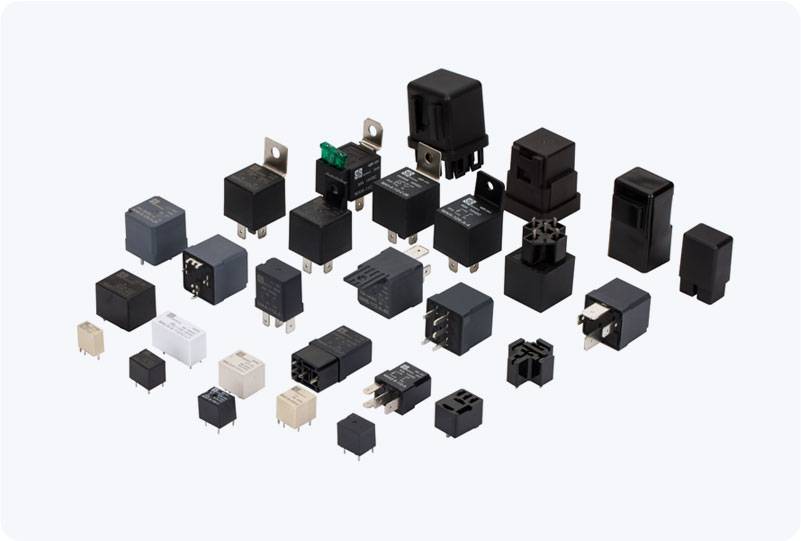A High Current Car Relay is a critical component in modern automotive electrical systems. Its primary role is to allow a low-power control circuit to manage high-power devices, providing a safe and efficient way to handle electrical loads that would otherwise be too great for standard switches or wiring. From starting engines to controlling lighting, air conditioning, and power windows, high current relays are indispensable in modern vehicles.

What is a High Current Car Relay? At its core, a high current car relay is an electromechanical switch that uses a small electrical current to control the flow of a much larger current. The relay consists of a coil, an armature, and one or more contacts. When a small current is applied to the coil, it generates a magnetic field that pulls the armature, causing the contacts to close or open. This allows the relay to switch on or off high-current devices, such as the car’s starter motor, headlights, or electric windows. The high current capacity of these relays makes them particularly suitable for managing large electrical loads, while the low-current control circuit protects sensitive components from damage. Relays are designed to handle current ratings typically ranging from 10 to 100 amps or more, depending on the application and the size of the relay.